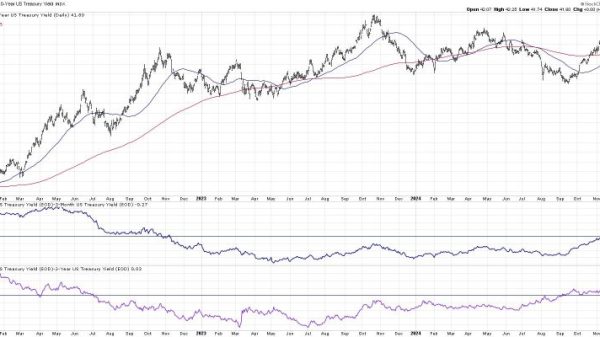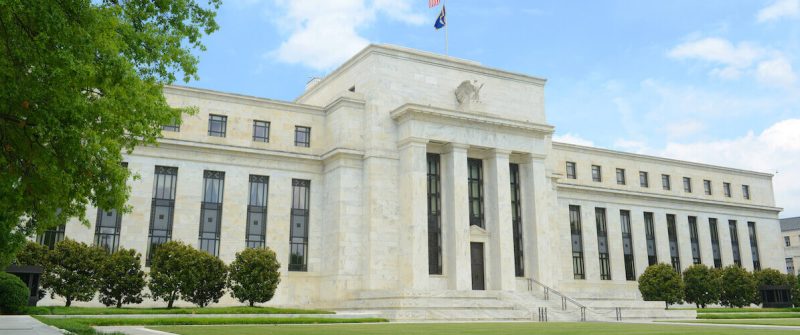Body:
The U.S. stock market today experienced a whirlwind of activity following the unexpected decision by the Federal Reserve to cut interest rates by 0.25%. Initially, market participants had anticipated a different outcome, resulting in a volatile trading session that culminated in a last-minute U-turn by major indices.
The Federal Reserve’s decision to lower interest rates sent ripples through various sectors of the market. Investors in sectors sensitive to interest rate changes, such as financials and utilities, closely monitored the announcement and subsequent market reaction. While a rate cut typically benefits sectors like housing and automobiles by making borrowing more affordable, the overall impact can be varied and sometimes unpredictable.
One of the most notable reactions to the rate cut came from technology stocks, which generally benefit from lower interest rates due to their growth-oriented nature. Companies in the tech sector often rely on borrowing to fund innovation and expansion, so a rate cut can reduce their borrowing costs and potentially boost their stock prices. As a result, tech stocks saw a surge in buying interest following the Fed’s announcement, contributing to the overall market rally.
On the other hand, traditional dividend-yielding sectors like utilities and real estate investment trusts (REITs) experienced different reactions to the rate cut. While these sectors typically perform well in a low-interest-rate environment due to their high dividend yields, the sudden nature of the rate cut led to uncertainty among investors. This uncertainty caused some selling pressure in these sectors, dampening their performance for the day.
Furthermore, the last-minute U-turn in the market direction highlighted the inherent unpredictability and volatility of the stock market. Despite initial reactions to the Fed’s decision, market sentiment can quickly shift based on a multitude of factors, including economic data, geopolitical events, and corporate earnings reports. Traders and investors must remain vigilant and adaptable to navigate the rapid changes that characterize the stock market environment.
In conclusion, the stock market’s response to the Federal Reserve’s rate cut today exemplifies the complex interplay of various factors that influence market dynamics. From sector-specific reactions to overall market sentiment, investors need to stay informed and agile to capitalize on opportunities and manage risks effectively. As the market continues to react to evolving news and events, being mindful of the broader economic context and trends can help investors make more informed decisions in a rapidly changing environment.


























